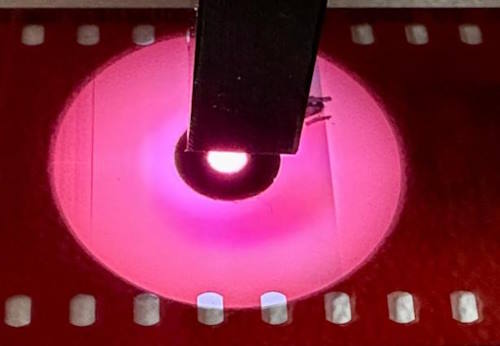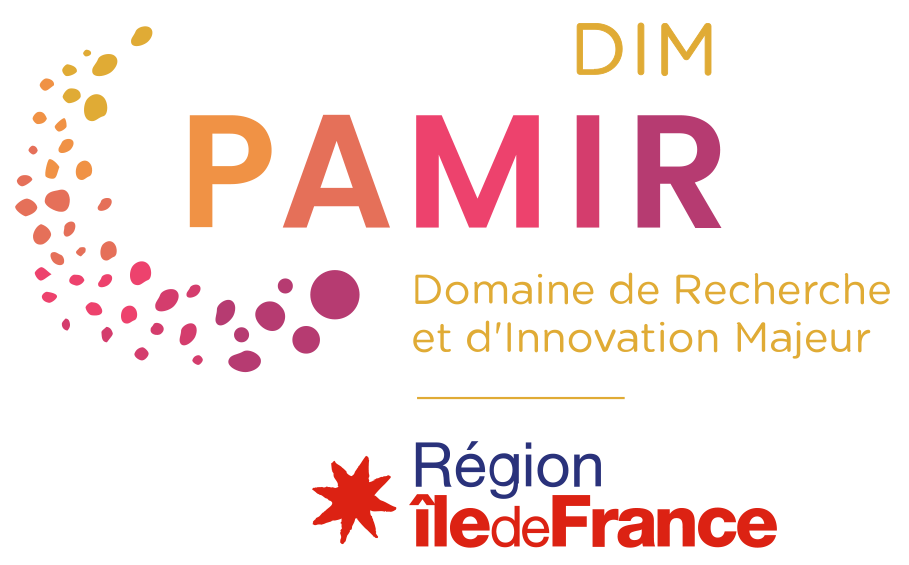
COLTRAN
Color Transmission Optical Densitometer
Scientific responsibility :
- Bertrand Lavédrine
- Sandie Le Conte
- Agnès Gall-Ortlik
Methodological axes :
Thematic fields :
Disciplinary sectors :
Funding :
- DIM PAMIR
- CRC
Project ID : IDF-DIM-PAMIR-2024-1-002
Summary :
Color transmission densitometers are indispensable laboratory instruments for studying photographic media. They measure the transmission optical density of photographic objects in different spectral ranges, providing information on the physical characteristics of images or any colored translucent substrate. These densitometers are used to monitor film behavior, plot H&D (Hurter and Driffield) curves and obtain crucial information on film characteristics. They are particularly useful in cultural heritage conservation, making it possible to assess and predict the ageing of photographic films and other translucent media such as coloured plastics, etc. They are indispensable for implementing the Photographic Activity Test, which enables protective materials to be selected for archiving. However, with the growing popularity of digital photography, demand for such densitometers has declined, and only reflection densitometers are still produced for digital print control. Existing transmission densitometers in dedicated laboratories (CRC, ARCP, INP, etc.) no longer work or are no longer operational, as they require regular maintenance and overhaul: there are no longer any spare parts or calibration facilities. A bench-top spectrophotometer is no substitute for a densitometer, as its geometry is not suited to measuring the ranges of photographic or cinematographic films (etc.) easily, quickly and continuously. Although both instruments use similar principles, their design and application are specific, and a conventional spectrophotometer is not suitable for measuring transparent photographic and cinematographic media. Companies are now marketing color densitometers that can be used and adapted for these specific purposes, and are proving to be an operational solution for the study and conservation of audio-visual media and beyond. The request is for the acquisition of this type of densitometer so that the community working around photographic and cinematographic heritage has a reliable and robust instrument to replace obsolete equipment.

